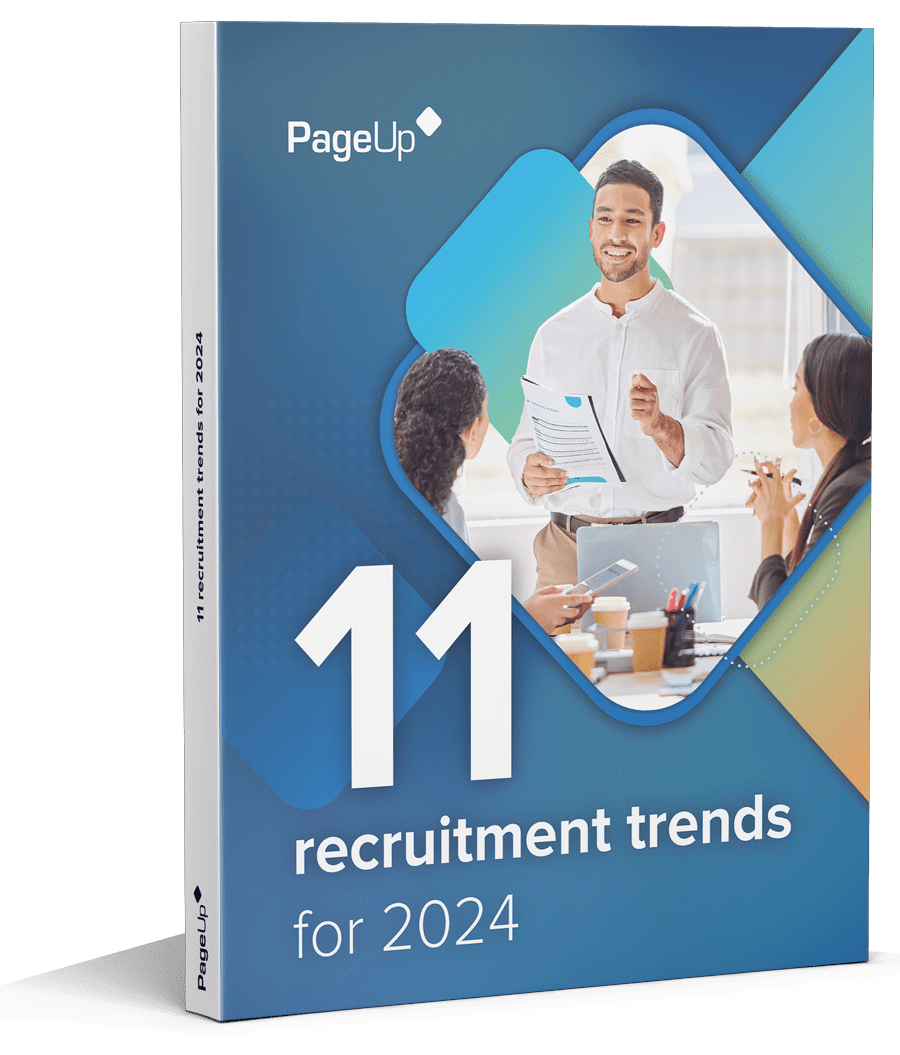In recent years, Singaporean organisationsorganizations have started to dabble in HR Analytics in a meaningful way.
As analytics has changed the playing field of every other business aspect, HR analytics is similarly drastically changing the field of HR. It is becoming increasingly apparent that HR’s ability to harness predictive analytics technology will dictate just how far a business can go1.
As innovative analytical organisationsorganizations like Maersk Singapore 2 and OCBC bank have started to use predictive analytics to monitor and prevent attrition,3 the opportunities for HR Analytics to solve real business problems for Singaporean organisationsorganizations are becoming ever more prescient.
According to the Chartered Institute of Personnel and Development’s (CIPD) report on HR Analytics in Asia, the importance of embedding people analytics within organisationsorganizations is clear: “OrganisationsOrganizations with clear links between Analytics in HR strategy and organisationorganization strategy appear to be leveraging the value of analytics more successfully and appear to be more mature in the application of people insights.”4
However in spite of the growing recognition HR Analytics’ potential to be truly transformative, HR professionals are finding it difficult to implement effective Analytics activity at either the strategic or operational level.5
According to the CIPD, constraints to implementation in the region include:
- Investment
- Leadership
- Understanding
- Overall HR Maturity
In another 2017 report, the CIPD called for professionals to use HR analytics to improve evidence-based practice, recommending that high quality benchmarking studies are produced including studies on HR metrics and their usage.6
Moving Towards Predictive Analytics
Cynthia Tan, the former Group Head of Human Resources who successfully catapulted OCBC into uncharted HR Analytics territory in 2013 by launching the People Analytics function, is optimistic that as HR Analytics evolves in the region, it will ‘transcend descriptive analytics into the realm of predictive and prescriptive.’7
There is still a ways to go to reach this goal though. Currently, Singaporean organisationsorganizations “are using one-dimensional data sets, and many are unable to combine multiple data sets. Furthermore, the majority of data used is in the form of lagging indicators. Few organisationsorganizations are able to use leading indicators for developing forecast data.”8
On developing the HR Analytics capability, the CIPD report raised concerns that while ”technology is acting as an enabler for some organisationsorganizations and a preventative force in others. Different IT systems and programs mean that simple, repeatable analytics is difficult. Furthermore, individual analytical skills are not readily available in the market for HR functions to access. HR Professionals believe that local talent is not entering the profession as HR analytics is not widely advertisedadvertized as a capability within the HR profession.”9
Tellingly, the report stated that “predictive analytics is beyond the capability of all organisationsorganizations interviewed.”10
OrganisationsOrganizations in Singapore, especially those in highly competitive talent markets, that embrace big data and strive towards predictive analytics for HR business decisions, will be positioning them for outstanding future success. They will be on the front foot as HR modernisesmodernizes and moves towards the future of work.
Ready to explore the opportunities offered by advanced HR Analytics? Explore PageUp’s Unified HR Data Analytics to get started.
References:
- JobsDB.com. 6 July 2017. The Importance of HR Analytics And Why HR Should Embrace It. Accessed 8 November 2017 https://sg.jobsdb.com/en-sg/articles/importance-hr-analytics-hr-embrace
- HRM Asia. HR Analytics at Maersk Singapore. Accessed 8 November 2017. http://www.hrmasia.com/content/hr-analytics-maersk-singapore
- Boon, Rachael. Straits Times 25 September 2017) Using Data Analytics and Tech in HR. http://www.straitstimes.com/business/banking/using-data-analytics-and-tech-in-hr
- CIPD. 8 May 2015. Evolution of HR Analytics: Perspectives from Singapore, Hong Kong and Malaysia. Accessed 8 November 2017. http://cipd.asia/knowledge/reports/hr-analytics-asia-perspectives/
- CIPD. 8 May 2015. Evolution of HR Analytics: Perspectives from Singapore, Hong Kong and Malaysia. Accessed 8 November 2017. http://cipd.asia/knowledge/reports/hr-analytics-asia-perspectives/
- CIPD. 11 May 2017. New CIPD Research Calls for Professionals to Use HR Analytics to Improve Evidence-based Practice accessed 8 November 2017. http://cipd.asia/news/CIPD-Asia-News-Hr-Analytics-Evidence-Backed
- Leong, CheeTung, Forbes. 16 October 2017. One of Asia’s Leading HR Execs Discusses How Bi Data Can Help You Hire Smarter. Accessed 8 November 2017. https://www.forbes.com/sites/cheetung/2016/10/16/one-of-asias-leading-hr-execs-discusses-how-big-data-can-help-you-hire-smarter/#938084b393e5
- CIPD. 8 May 2015. Evolution of HR Analytics: Perspectives from Singapore, Hong Kong and Malaysia. Accessed 8 November 2017. http://cipd.asia/knowledge/reports/hr-analytics-asia-perspectives/
- CIPD. 8 May 2015. Evolution of HR Analytics: Perspectives from Singapore, Hong Kong and Malaysia. Accessed 8 November 2017. http://cipd.asia/knowledge/reports/hr-analytics-asia-perspectives/
- CIPD. 8 May 2015. Evolution of HR Analytics: Perspectives from Singapore, Hong Kong and Malaysia. Accessed 8 November 2017. http://cipd.asia/knowledge/reports/hr-analytics-asia-perspectives/
Fresh insights for HR
Stay up to date with HR trends, tips and more when you sign up for our industry newsletter





